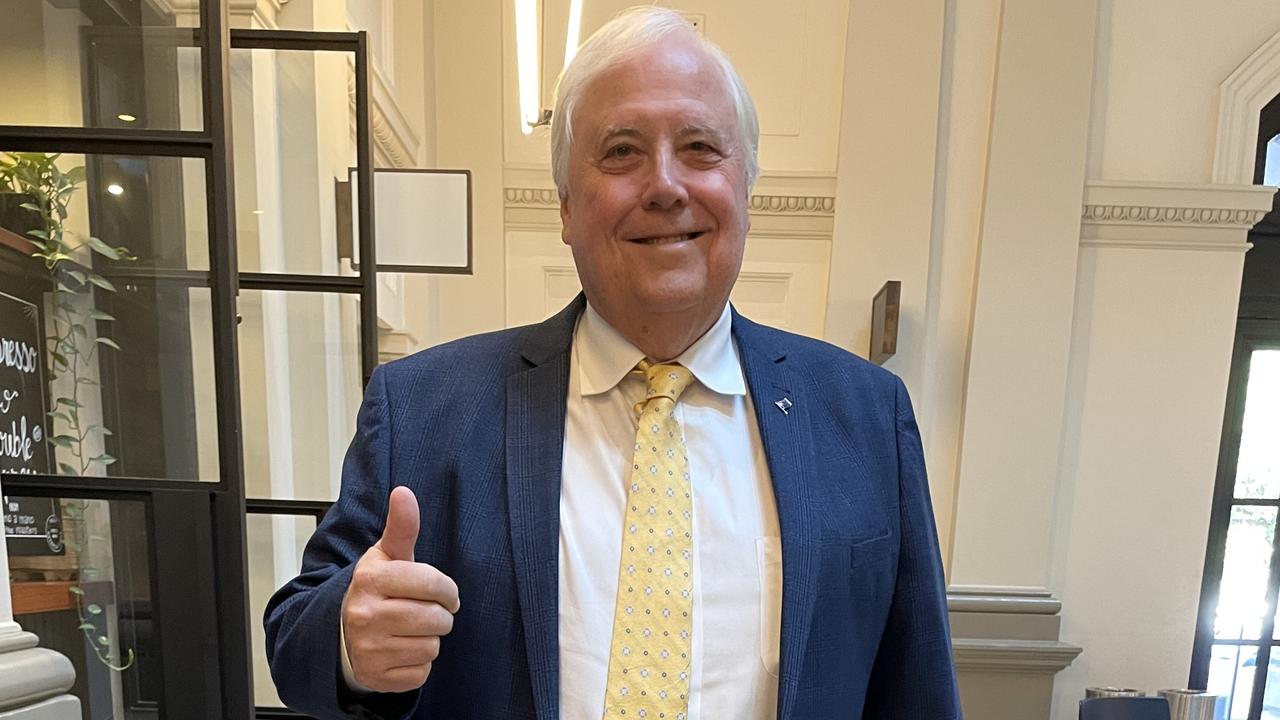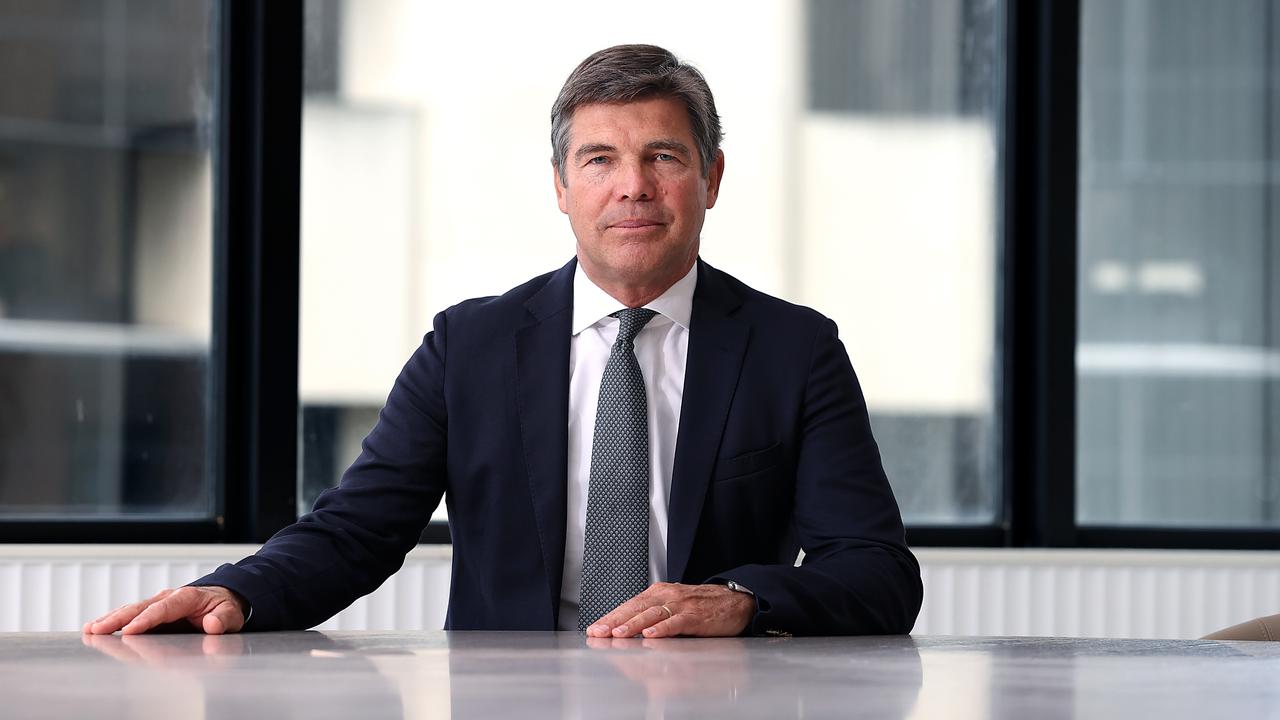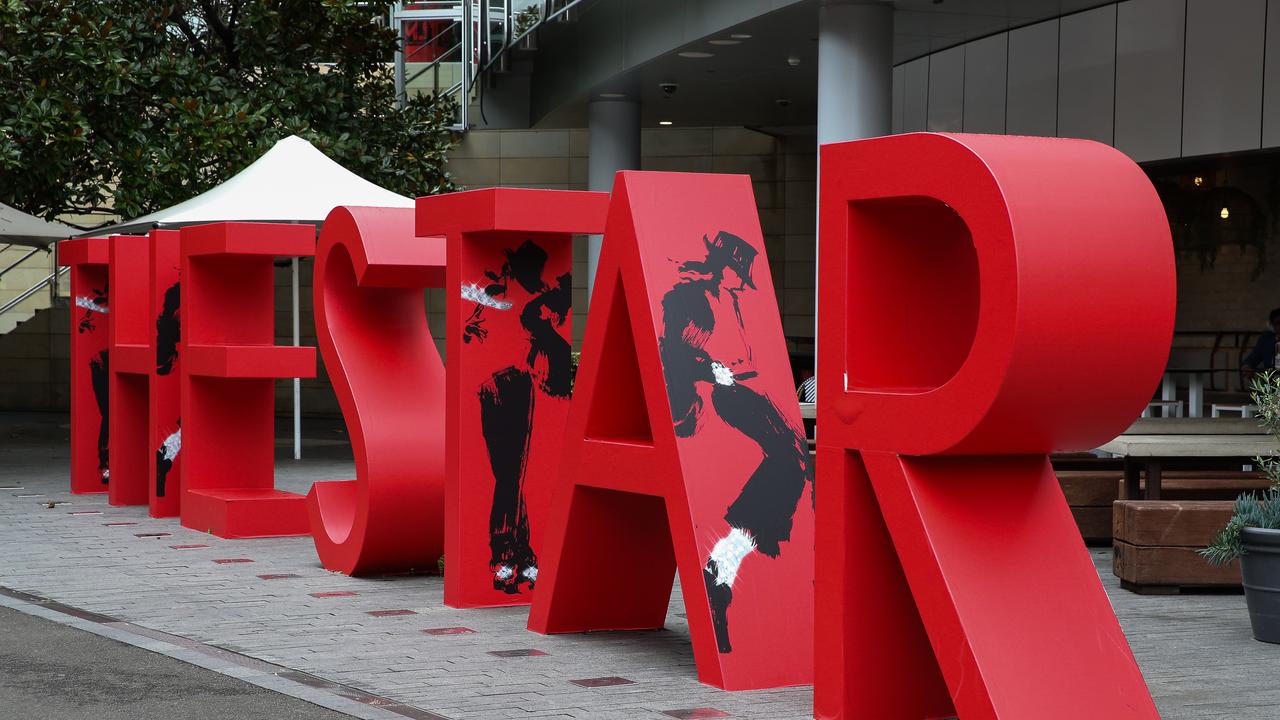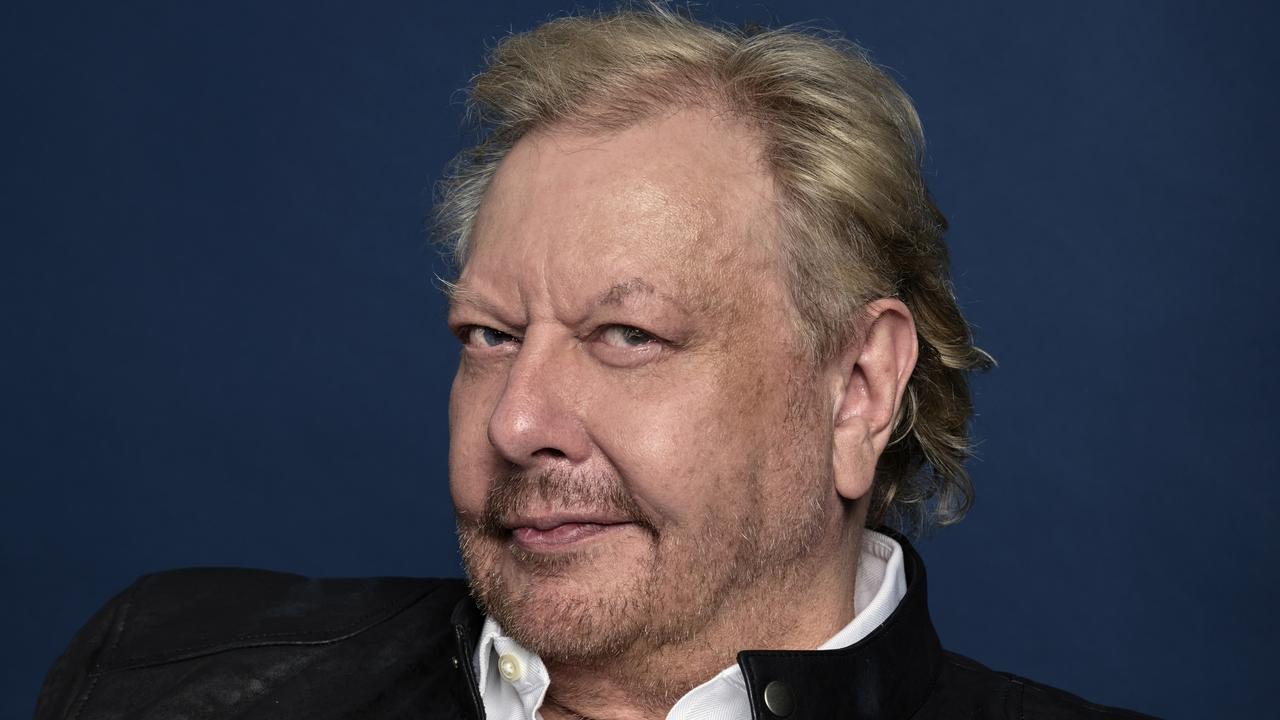Costs, job cuts coming into the firing line for CEOs as the economy cools
Bosses are pencilling in a soft landing later this year. This means they can’t continue to act as though it’s business as usual.
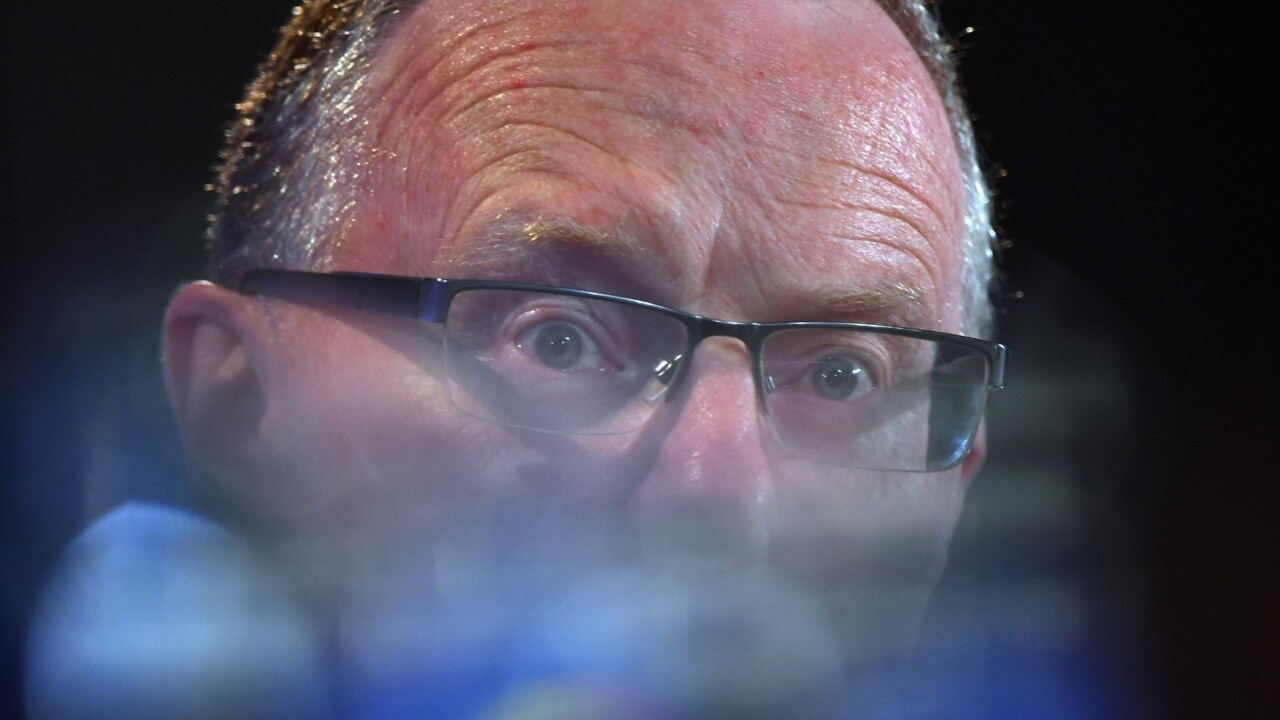
Business
Don't miss out on the headlines from Business. Followed categories will be added to My News.
Corporate Australia is adjusting to the prospect of more interest rate increases to come, with CEOs pencilling a soft landing to the economy later this year.
However, this still means they can’t afford to keep acting as though it’s business as usual. The biggest squeeze to bottom lines has started to come from the cost side which is proving to be more of a hit than slowing top-line revenue.
This shows that inflation is well and truly biting with the cost of services in particular still rising.
And with Australia usually running at a three to six-month lag to the rest of the world, cost control will become a bigger factor as more CEOs get to the end of this financial year and plan for a slower financial 2024. American corporates from Wall Street to the tech giants began their job-cutting rounds from late last year. Although the jobs market there is still holding up.
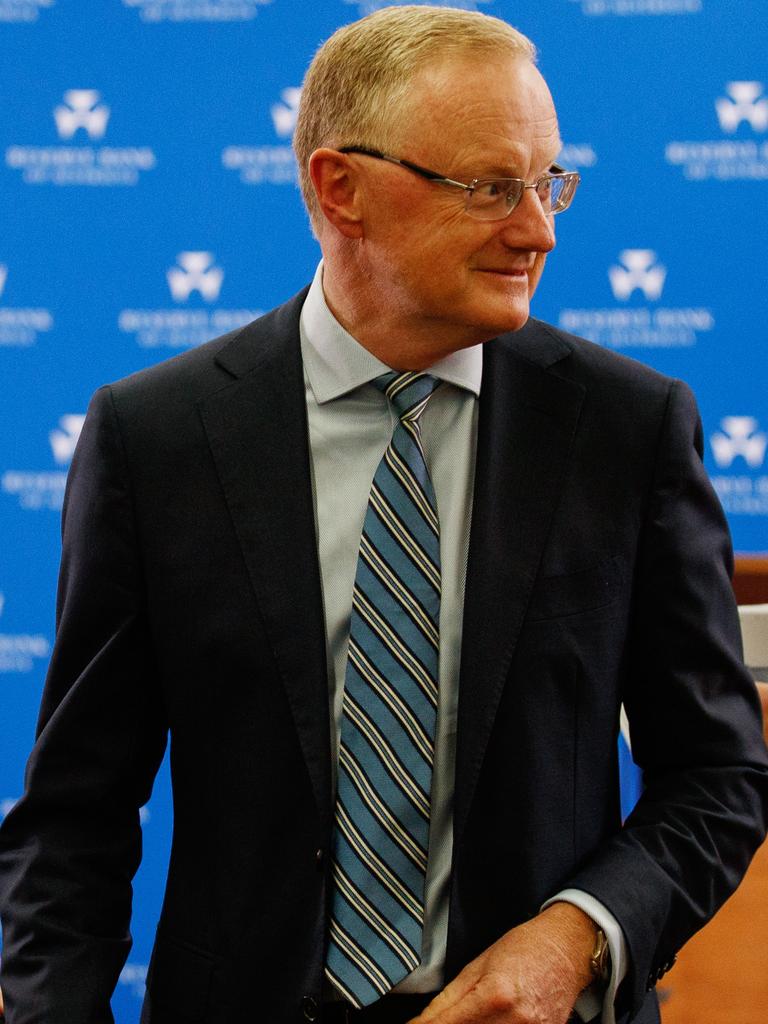
It was the continued growth in services inflation that got Reserve Bank governor Philip Lowe worried enough to push through his surprise 25 basis point rate hike as well as open the door for more to come.
A string of executives at this week’s Macquarie Conference from JB Hi-Fi, Breville, oOh!media, Mirvac and Nine Entertainment have touched on a change in the economic mood.
None are talking about a dramatic downshift or major cost-cutting programs, but the mood is shifting.
JB Hi-Fi for one has seen momentum stall with its headline sales flat to slightly down across its electronic goods stores during the March quarter.
Meanwhile, its Good Guys whitegoods chain – which remains highly leveraged to the housing market – has seen first-quarter sales fall 3.8 per cent.
Nine Entertainment too has warned of a “challenging” advertising market in place through the June quarter and in total its TV ad revenue is set to be down in the low single digits. The biggest pressure point for Nine is its part-owned Domain property listings business, which is more anchored to markets in Melbourne and Sydney.
Developer Mirvac is tipping a 12 per cent drop in property settlements this financial year, although the difference is expected to be made up in the coming 12 months. New Mirvac boss Campbell Hanan has promised an increased focus on cost efficiencies and productivity.
Breville, which generates 75 per cent of sales outside of Australia, is holding its nerve. It kept its guidance issued in February in place that earnings will grow 5-10 per cent this financial year. Even so this is still below last year’s 14.6 per cent growth rate.
Some areas are still booming on a long Covid recovery.
Flight Centre for one is tracking comfortably within its guidance, prompting it to slightly upgrade its range for earnings forecasts to between $270m and $290m. Flight Centre is already well ahead on costs and getting the benefit of slashing its expensive retail network and trimming the head office through Covid.
Other areas are just booming. Luxury vehicle dealer Autosports Group says sales of its BMW, Audi, Mercedes and Land Rover brands are resilient with demand for luxury exceeding supply. Even so Autosports admits it is feeling the pinch of higher wages, rents and interest costs.
Technical recession
In an interview, Suncorp chief executive Steve Johnston tells The Australian he is not seeing any noticeable lift in lending arrears across his banking arm. This shows households are adjusting and underscores the interest rate buffers put in place when borrowers take out new loans.
He says there are signs of customers looking to shop around with price increases being pushed through the insurance side on the back of soaring reinsurance costs, but policies on the whole are being retained.
On the current numbers in front of him there are no signs of a “material dislocation” in the economy, Johnston says. That being said he is tipping that Australia could still enter a brief, but technical, recession this year.
“Australia has got the big benefit of having a very strong fiscal position, and that’s coming from commodities and the mining sector which is largely flowing through into government revenues,” he said.
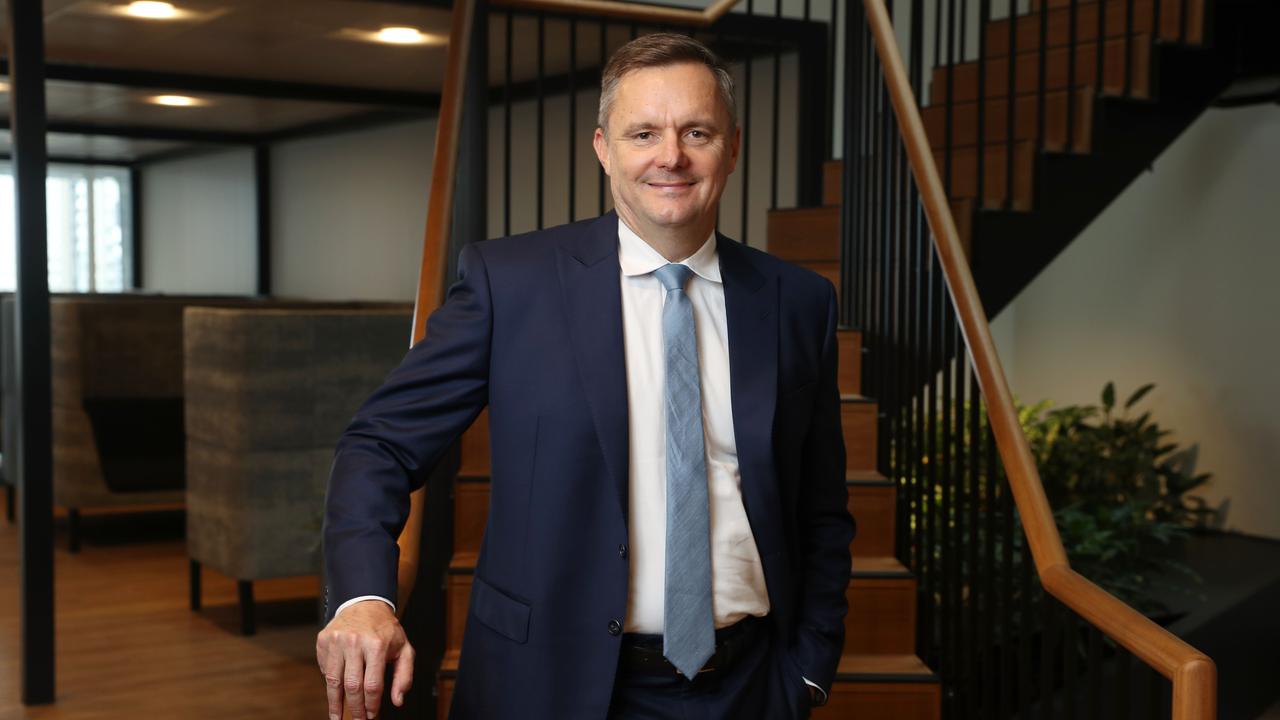
“I think we’ll have sufficient horsepower fiscally, to support the economy over the medium to longer term.
“That doesn’t mean that we might overcorrect and technically enter a recession at some point, but I think it’ll be short lived.”
Macquarie Group chief economist Ric Deverell is still forecasting slow growth in the second half of this year and believes it’s premature to say that inflation is under control, a stance consistent with the Reserve Bank’s bias to lifting rates further.
Deverell says some of the structural underpinnings in Australia remain in a good position and wages growth in particular has not accelerated to the same degree as other countries.
“That doesn’t mean that we can avoid what’s happening globally,” he said. “But I do think we’re better placed to have a more modest downturn and I think it’s contested there will be a recession here.”
On a global level Deverell says there is still a possibility of a mythical soft landing in the US but he puts a 60 per cent probability of a “plain vanilla recession” there sometime in the next 12 months.
Gas hit
Around the stir of the Northern Territory lifting its fracking ban in the Beetaloo Basin and the way for a resumption of exploration in the highly prospective region, it’s worth remembering new gas would be a long way off.
Adding to complications is geography, with Beetaloo isolated from east markets with a new pipeline needed to hook supply into the east coast via Wallumbilla or Moomba.
Even so AEMO has identified Beetaloo as a potential source to fill the gap for the East Coast gas market which is facing a shortfall from 2024 onwards.
Santos boss Kevin Gallahger says he has a field ready to go and aimed squarely at the east coast market that could be brought online within two years.
The $3.6bn Narrabri project in NSW has been delayed for years as it remains tied up in legal and regulatory challenges. But after spending $1.5bn on development trying to bring the field to market, Gallagher says he is not spending a cent more apart from getting regulatory approvals in place.
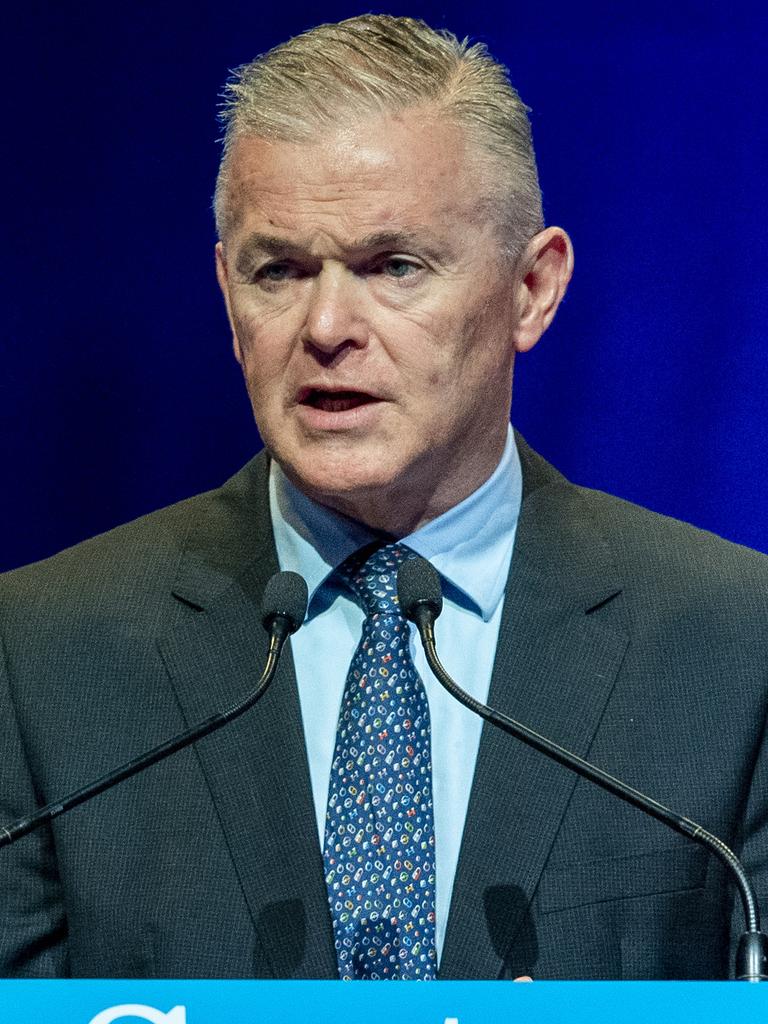
“Until I’ve got all my approvals in the bank and they’re secure, then I’ll spend capital on developing deposits. Otherwise it’s just too high risk,” he told the Macquarie Conference.
“What I tell the government is that it’s a two-year time frame for me getting my pipeline licence to fresh production.”
It could be a little earlier depending on construction options for the pipeline, Gallagher said.
An estimate of the cost of Beetaloo gas for domestic users by Deloitte on behalf of Canberra two years ago would see it sold between $1 and $2 per gigajoule premium above current east coast fields.
So the flood of new supply would do little to ease the immediate price hit.
The difference in price is the additional costs of a long-range pipeline.
At current east coast prices, that puts Beetaloo gas above the $12 a gigajoule gas price cap, although there are several exemptions that could see gas from the field bypass the proposed rule changes.
johnstone@theaustralian.com.au
Originally published as Costs, job cuts coming into the firing line for CEOs as the economy cools






